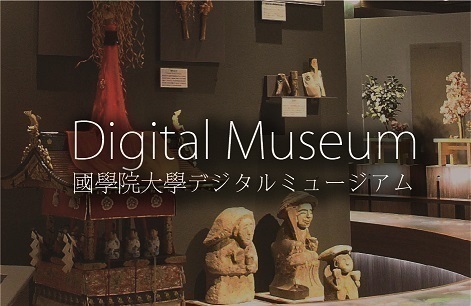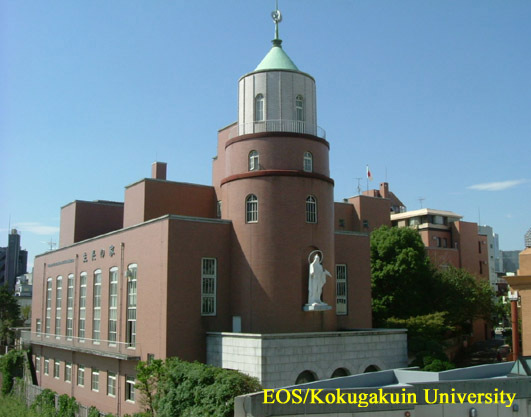- トップ
- Encyclopedia of Shinto
- Seichō no Ie
Encyclopedia of Shinto
| Main Menu: | |
| Links: |
詳細表示 (Complete Article)
| カテゴリー1: | 8. Schools, Groups, and Personalities |
|---|---|
| カテゴリー2: | Modern Sectarian Groups |
| Title | Seichō no Ie |
| Text | A Shinto-derived new religion with connections to Ōmoto. Its founder Taniguchi Masaharu (1893-1985) joined Ōmoto in 1918 and worked as an editor for its newsletter Shinreikai, but in the aftermath of the first Ōmoto incident of 1925, he left the movement and joined Asano Wasaburō's organisation Shinrei Kagaku Kenkyūkai (Research Association for Psychic Science). By chance he came across publications dealing with "New Thought" and "Mental Science," and from these he derived inspiration for his own concept of "mystical light" (kōmyō), thus founding an association of like-minded believers. In 1929 Taniguchi received a revelation which told him to "Arise now!" and in the following year he began self-publication of a magazine called Seichō no Ie (lit., "house of long life") aimed at promoting the spiritual transformation of humanity. In its pages he published numerous further revelations, including the "revelation of union of all religions," the "revelation of great harmony," and the "revelation of infinite abundance." As a medium for his works he established the publishing company Kōmyō Shisō Fukyūkai (Society for the Propagation of Pure Light Thought) in 1934 (its name was changed in 1944 to Nihon Nōhonsha and in 1945 to Nihon Kyōbunsha). The principles of Seichō no Ie, which has been called a "spiritualistic philosophy of ultimate reality," are found in the interweaving of theory and real-life examples outlined in Taniguchi's seminal work Seimei no Jissō (Truth of Life, published from 1932 onwards). Taniguchi also authored many other works, and the group publishes numerous periodicals including Shirahato (White Dove) and Risōsekai (Ideal World). It could be said that the group has followed Ōmoto's pioneering method of proselytism through the use of the printed word. In 1939 the group established the Seichō no Ie Tōa Dōwakai (Seichō no Ie East Asia Mutual Harmony Society) to spread its teachings in China and Manchuria. In 1940 it registered itself as a religious association under the auspices of the prewar Religious Organizations Law (Shūkyō Dantaihō), taking the name Seichō no Ie. In 1946 it was registered under the postwar Religious Corporations Ordinance (Shūkyō Hōjinrei) and in 1952 as a legally independent religious corporation under the Religious Corporations Law (Shūkyō Hōjinhō). For a period following the war the group suspended its activities, but after Taniguchi received such visions as the "revelation of the true manifestation of Japan," and the "revelation of mutual government by Emperor and people (kunmin dōji)," the group embarked on various political activities such as the "campaign to preserve the Emperor system," the "campaign for the ideological salvation of the nation," and the "campaign to revive National Founding Day." In 1983, however, the group's political federation ceased all activities, and when its second leader took office after the death of Taniguchi in 1985, its engagement in politics weakened further. In terms of facilities, the movement had originally insisted that "we do not need a sacred shrine," and that "our shrines are the periodicals that carry our words." Accordingly, its headquarters was nothing but an administrative facility. In 1978, however, it completed construction of the shrine Ryūgū Sumiyoshi Hongū at its Kyushu branch headquarters near Nagasaki, and since then it has used this facility as its main religious center for the performance of Shinto-style religious ceremonies. It commenced overseas mission work prior to World War II, and in recent years has expanded its mission activities in Brazil. Headquarters: Tokyo Nominal membership: approximately 870,000 (M) — Tsushiro Hirofumi |





